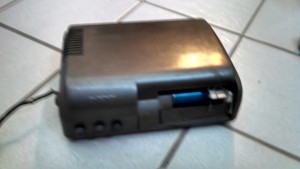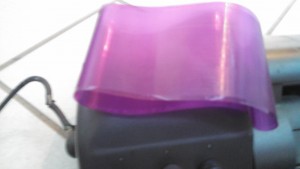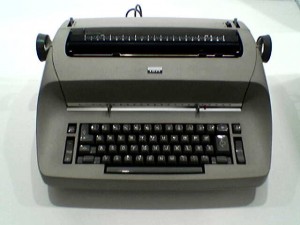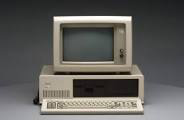The Basics
Medical transcriptionists create reports and other administrative
documents from physicians’ dictated recordings. In addition to transcribing,
you’ll edit information for grammar errors and proper usage of medical terms in
a patient’s records. You’ll need an in-depth knowledge of medical terminology,
anatomy, medical procedures and treatments, and pharmacology—as well as a high
degree of attention to detail. Medical transcriptionists must also be aware of
the legal standards and requirements that apply to health records.
Where you’ll work: Hospitals, clinics, physicians’ offices, nursing homes,
public health agencies and home health care agencies. Some medical
transcriptionists work at home as employees of transcription businesses or as
independent contractors.
Education and Training
In addition to your degree, you’ll need to complete a certified medical
transcription training program, usually a 6-month to the 2-year certificate,
diploma or associate’s degree program.
Graduates must understand medical terms, their meanings, spelling, and
pronunciation, and possess hands-on transcription experience.
Coursework generally includes the
following subjects:
-
English composition and grammar
-
Computer applications
-
Medical terminology
-
Pathology
-
Anatomy and physiology
-
Medical transcription skills
Medical Transcriptionist
Certification
Certification is optional but
highly recommended. Medical transcriptionists who pass the national exam given
by the Association for Healthcare Documentation Integrity (AHDI) will earn the
title Certified Medical Transcriptionist (CMT). Every 3 years, CMTs must earn
continuing education credits to be re-certified.
Where you’ll work: Hospitals, clinics, physicians’ offices, nursing homes, public health agencies and home health care agencies. Some medical transcriptionists work at home as employees of transcription businesses or as independent contractors.
Graduates must understand medical terms, their meanings, spelling, and pronunciation, and possess hands-on transcription experience.
Coursework generally includes the following subjects:
Source: allalliedhealthschools.com








